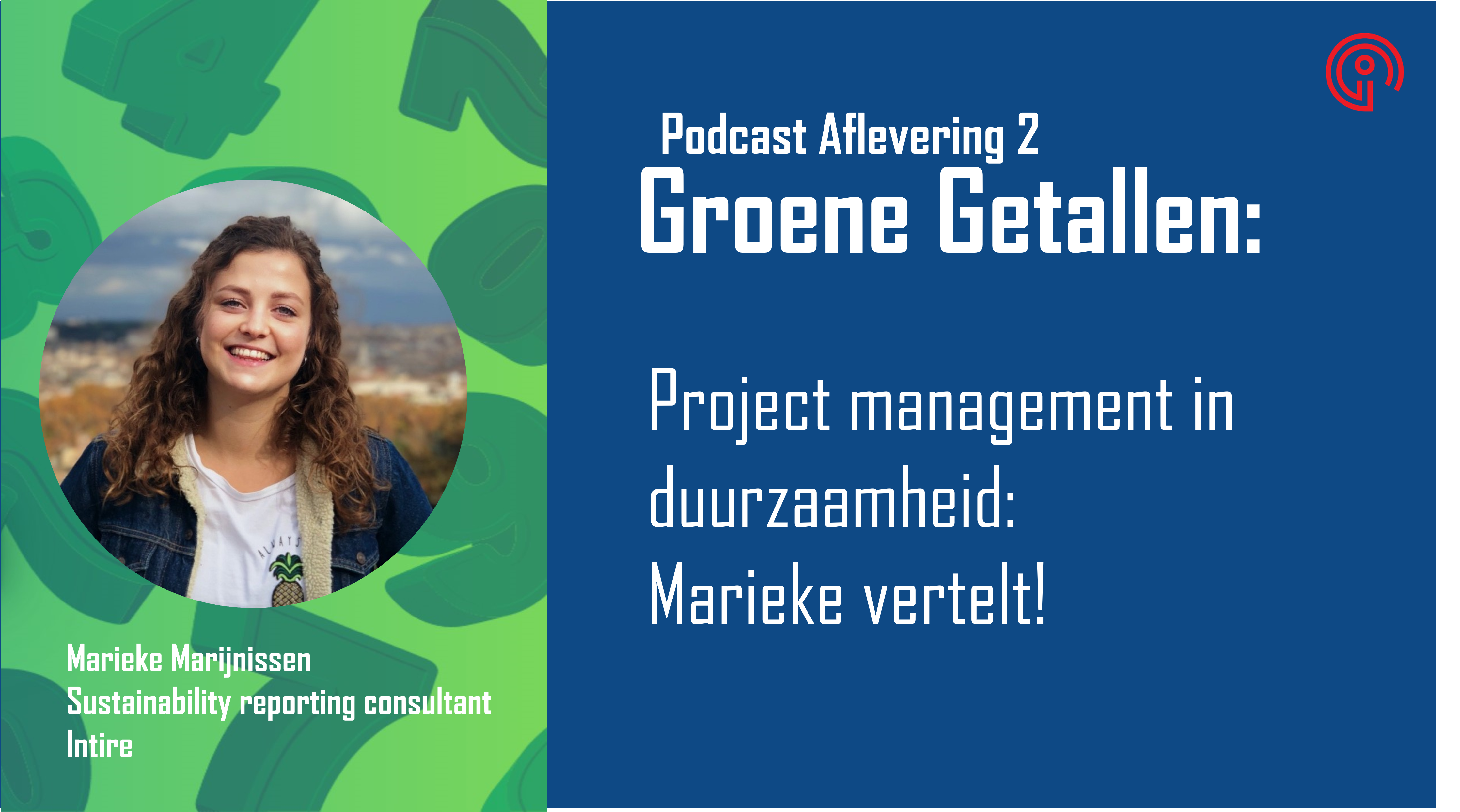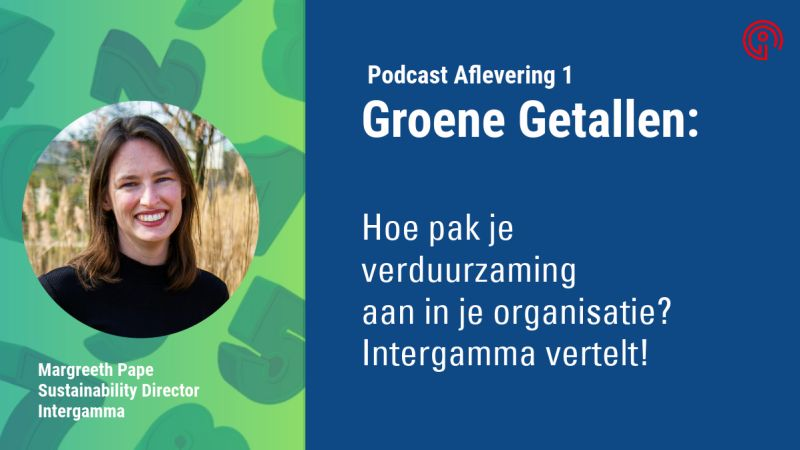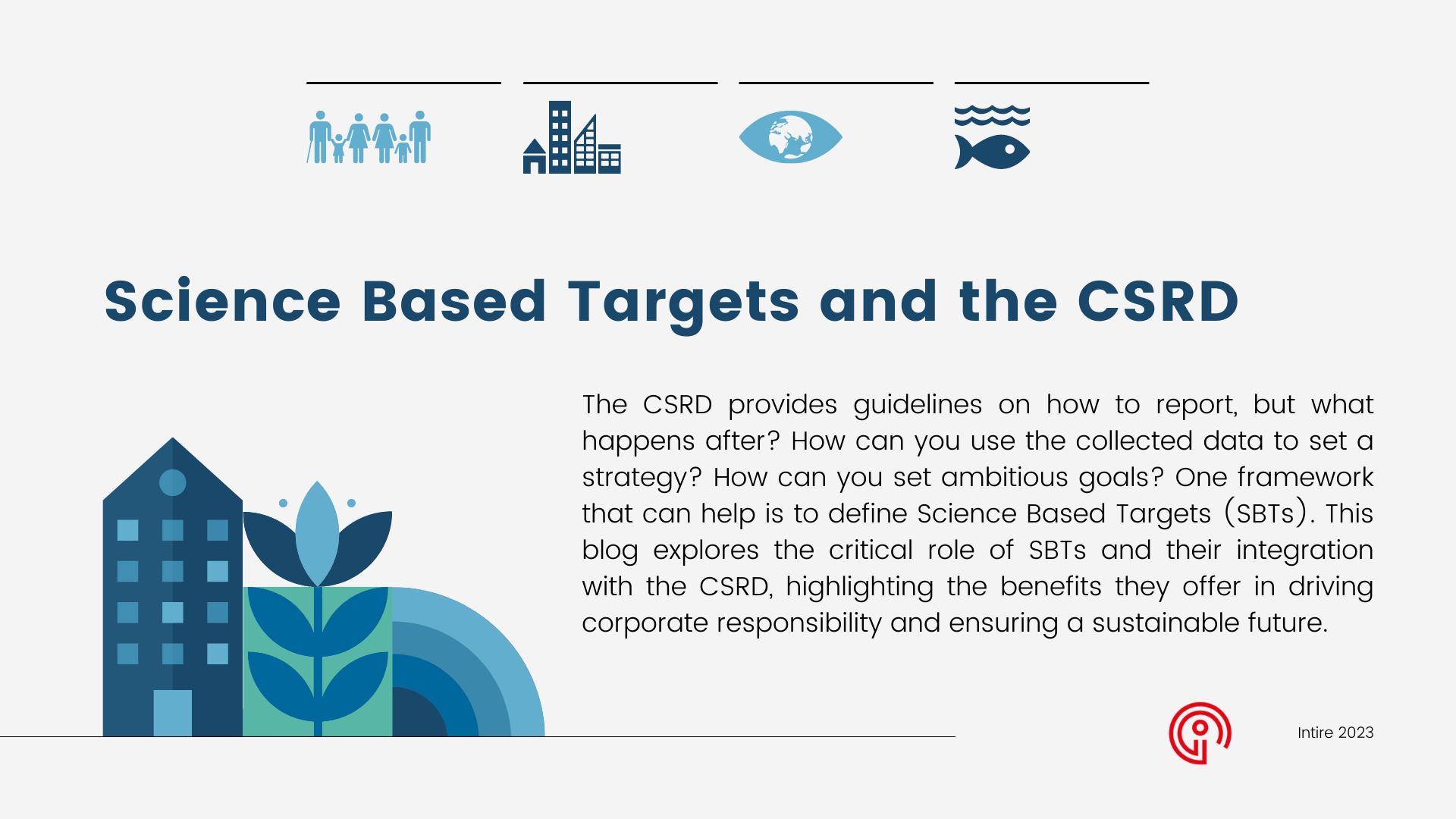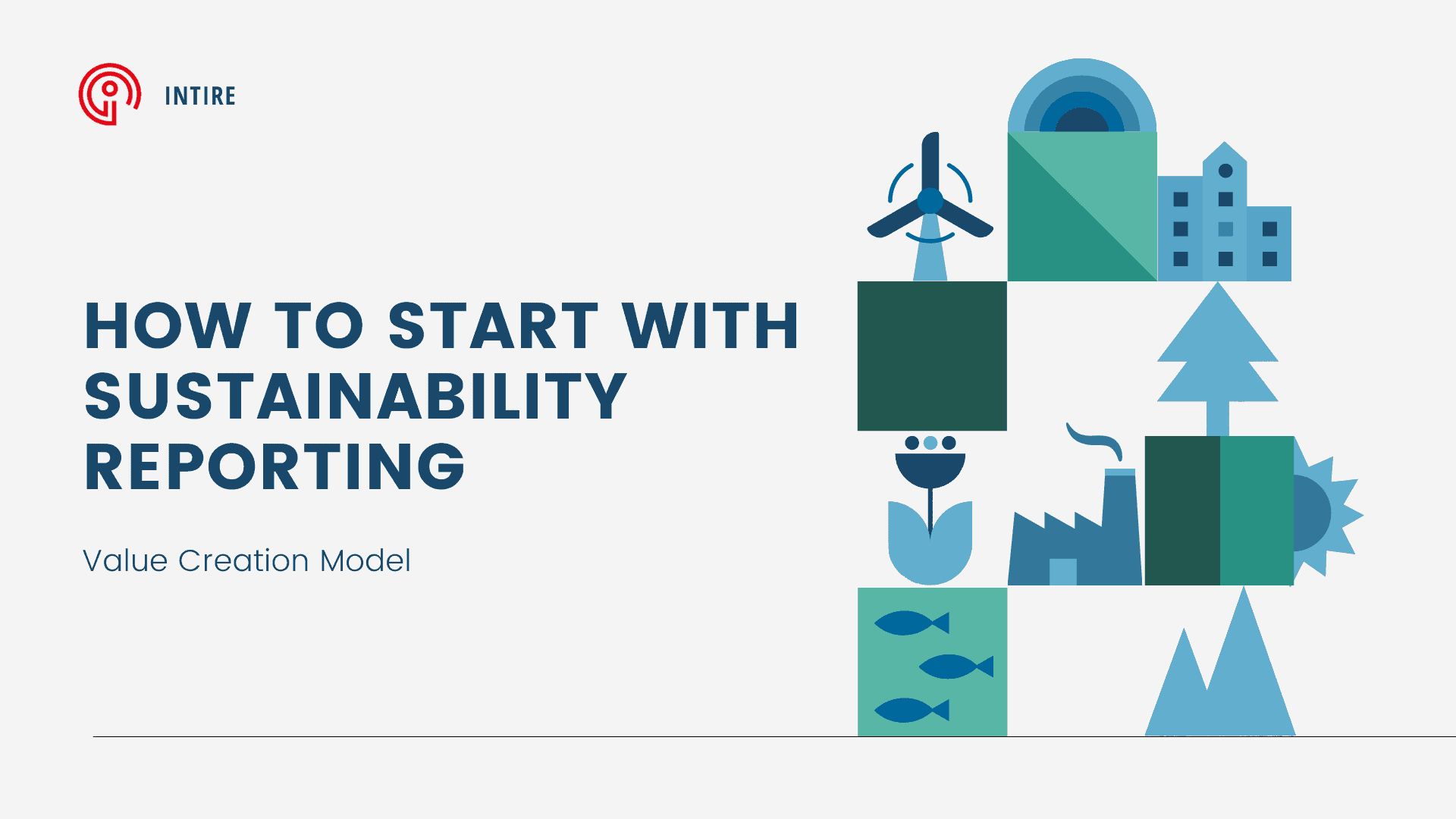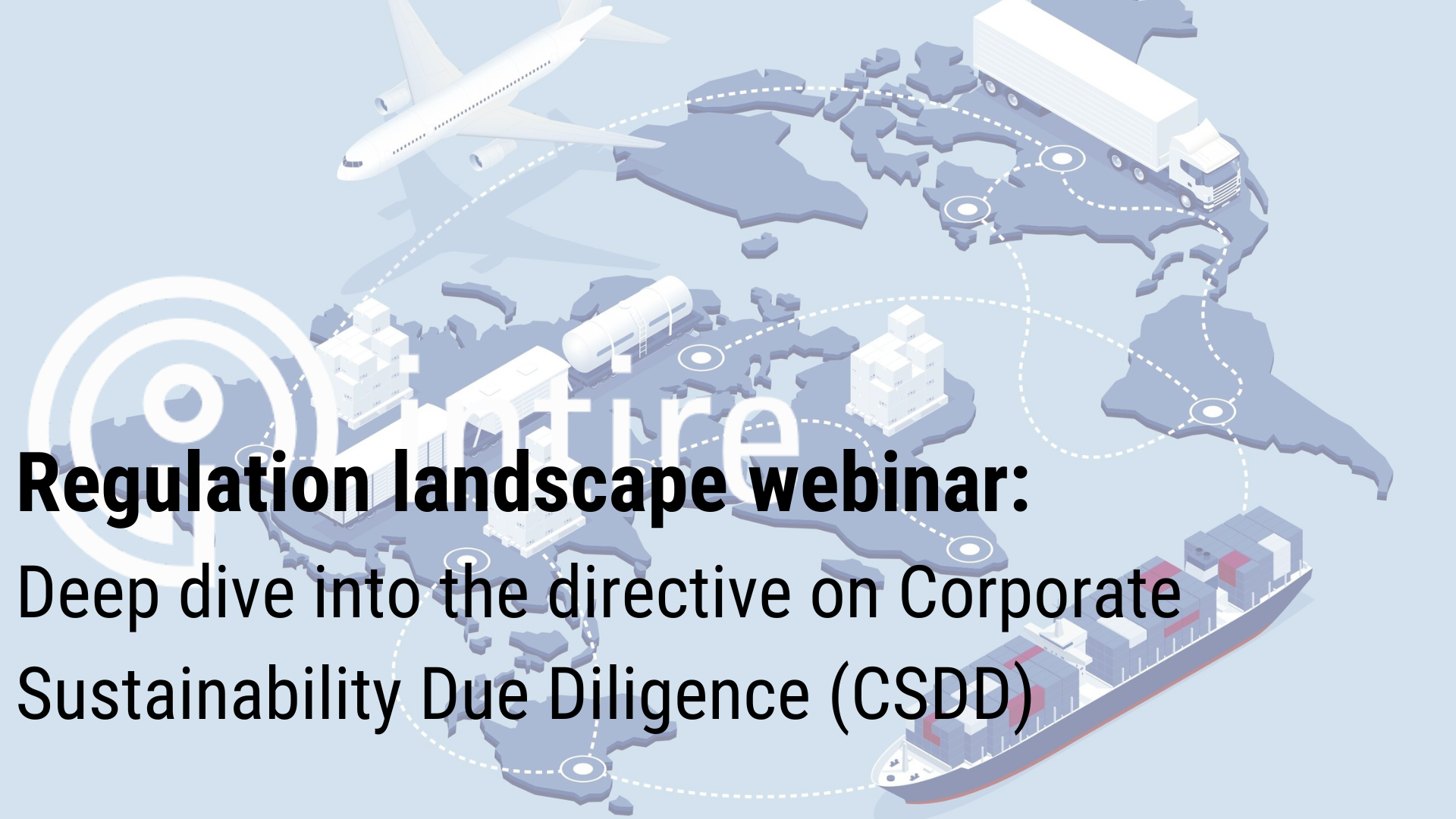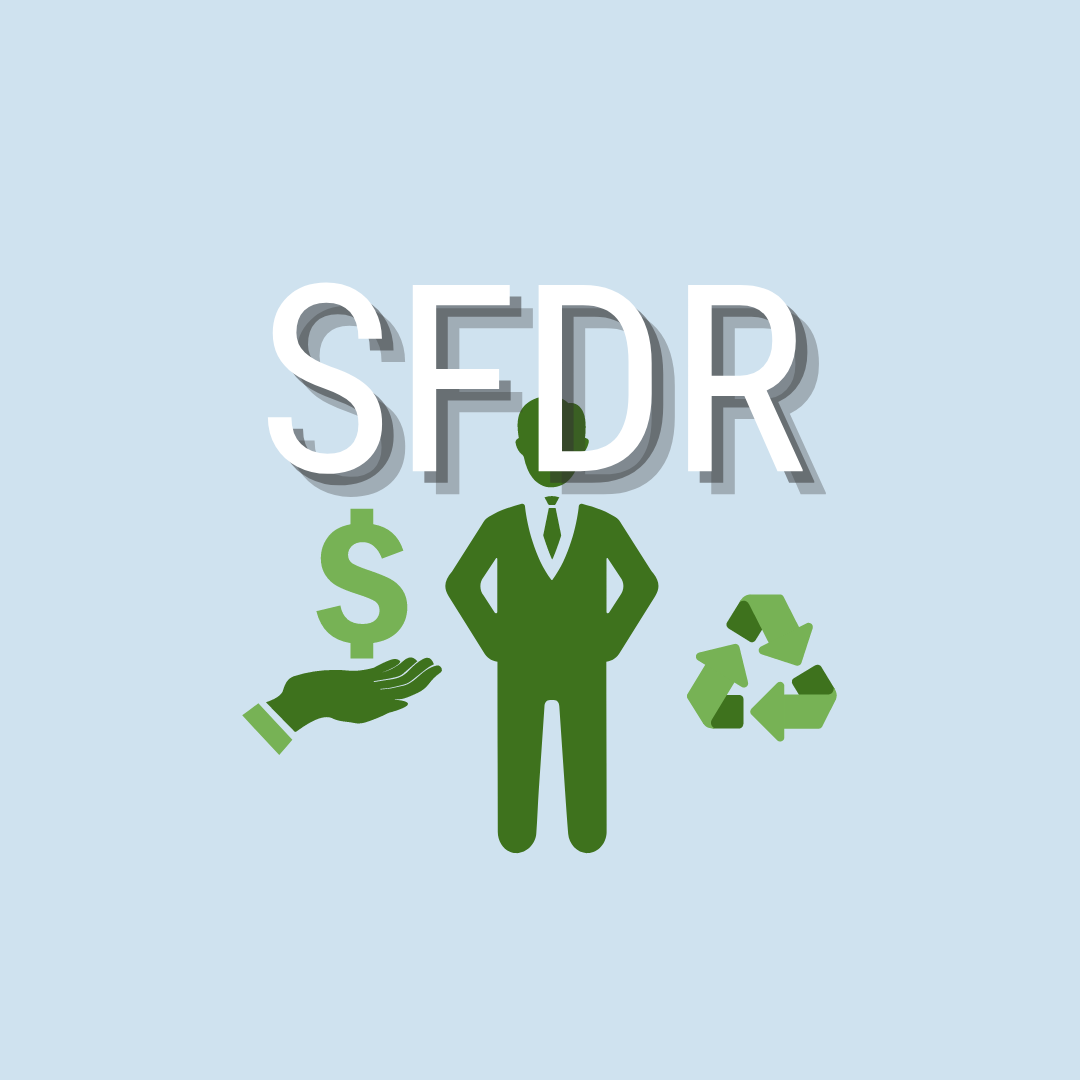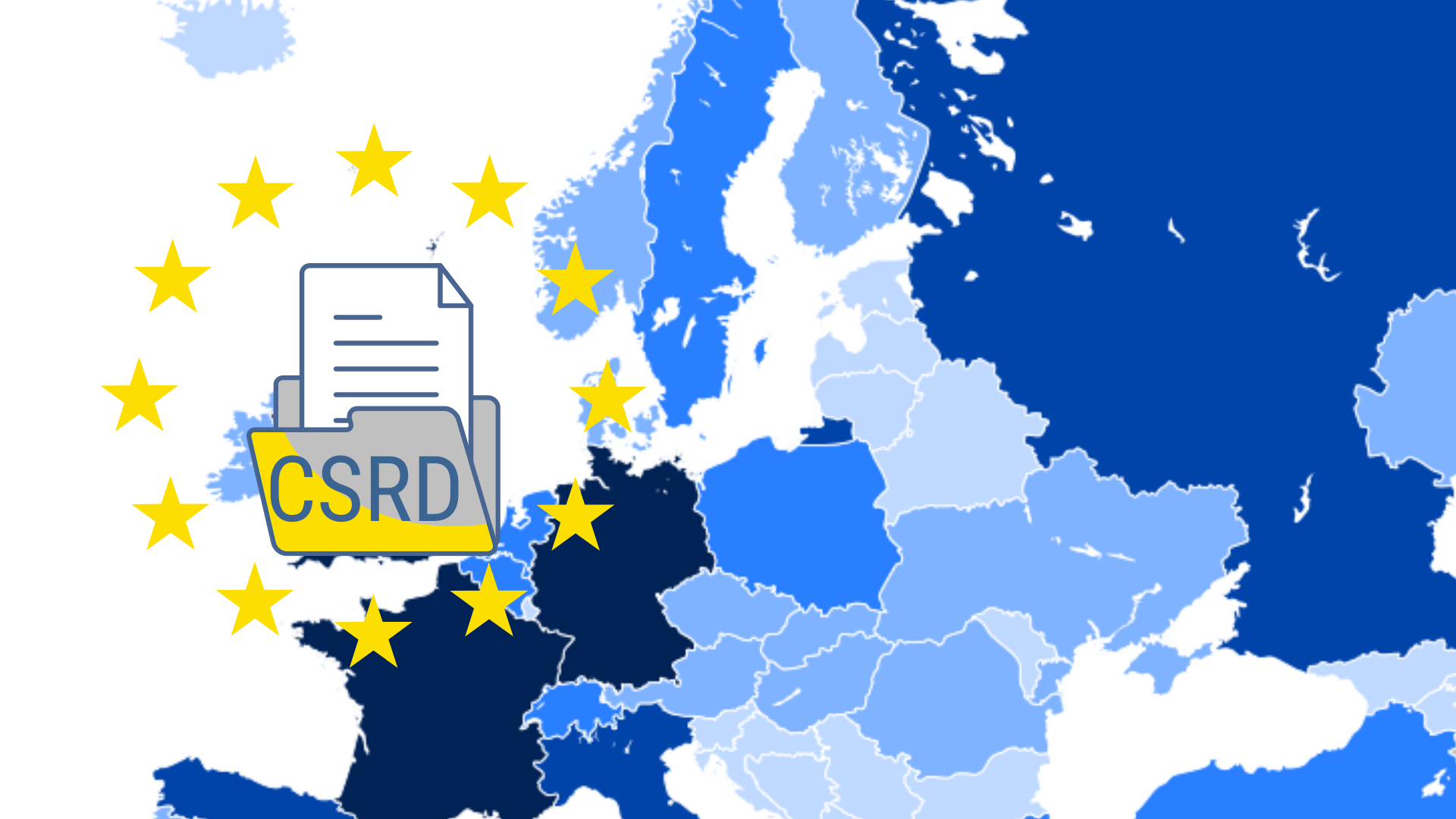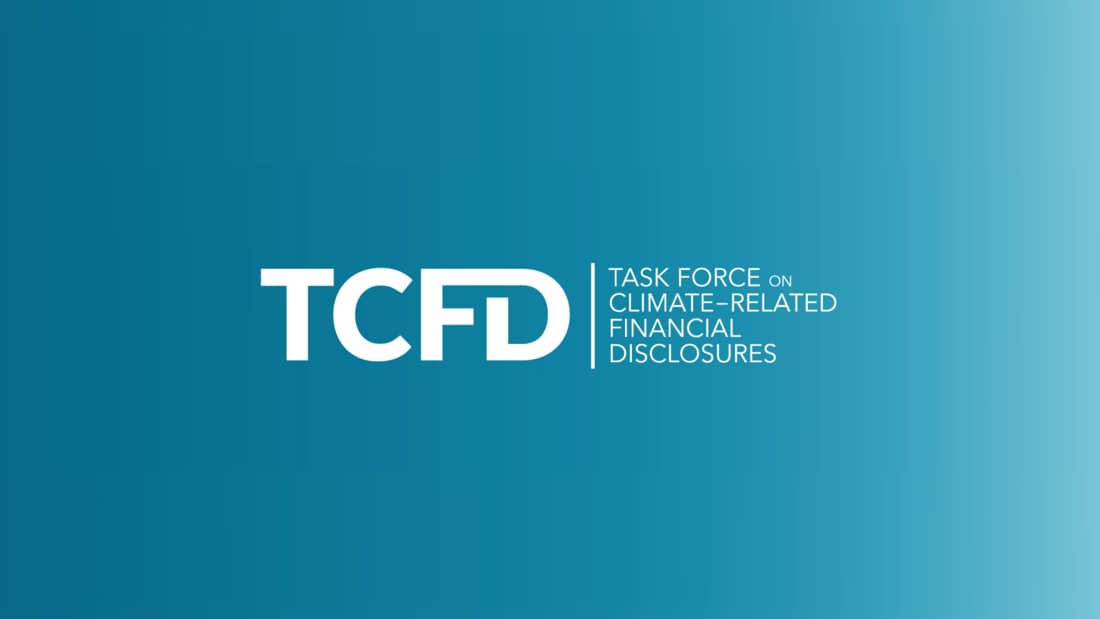Goal-oriented preparation for CSRD at 123inkt.nl
123inkt.nl Achieves CSRD Compliance with Intire’s Coaching
123inkt.nl is leading the way in CSRD (Corporate Sustainability Reporting Directive) compliance using Intire’s pragmatic coaching approach. This method helped them perform a double materiality analysis, prepare required reports, and initiate necessary actions. With a focus on sustainable products, operations, and social engagement, 123inkt.nl is committed to sustainability and future market demands.


